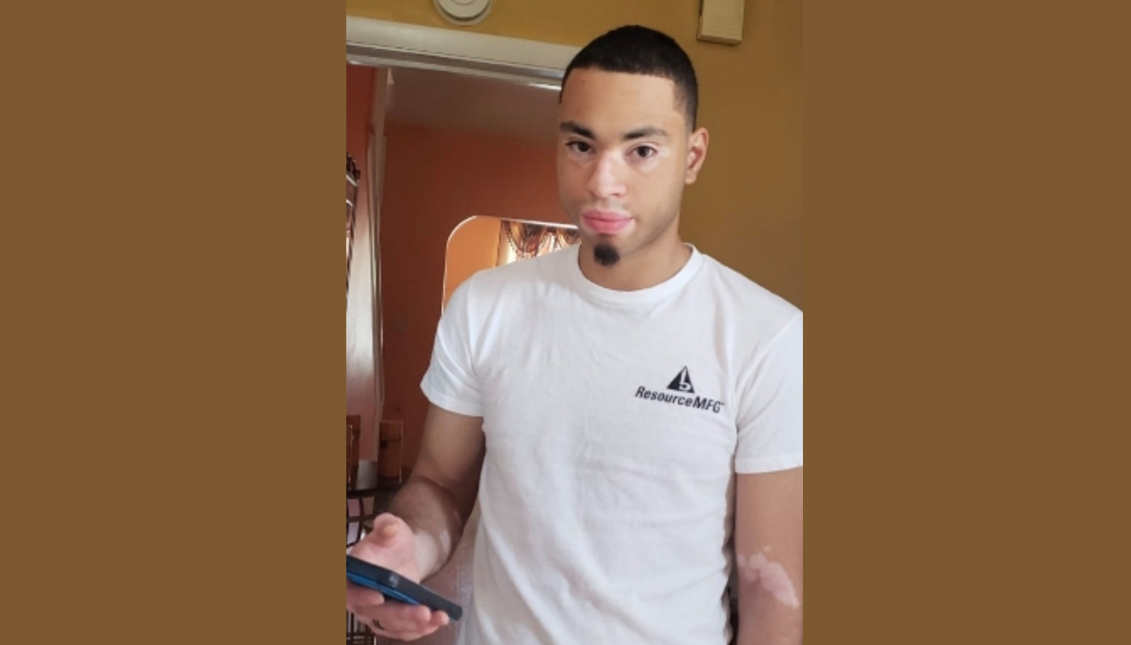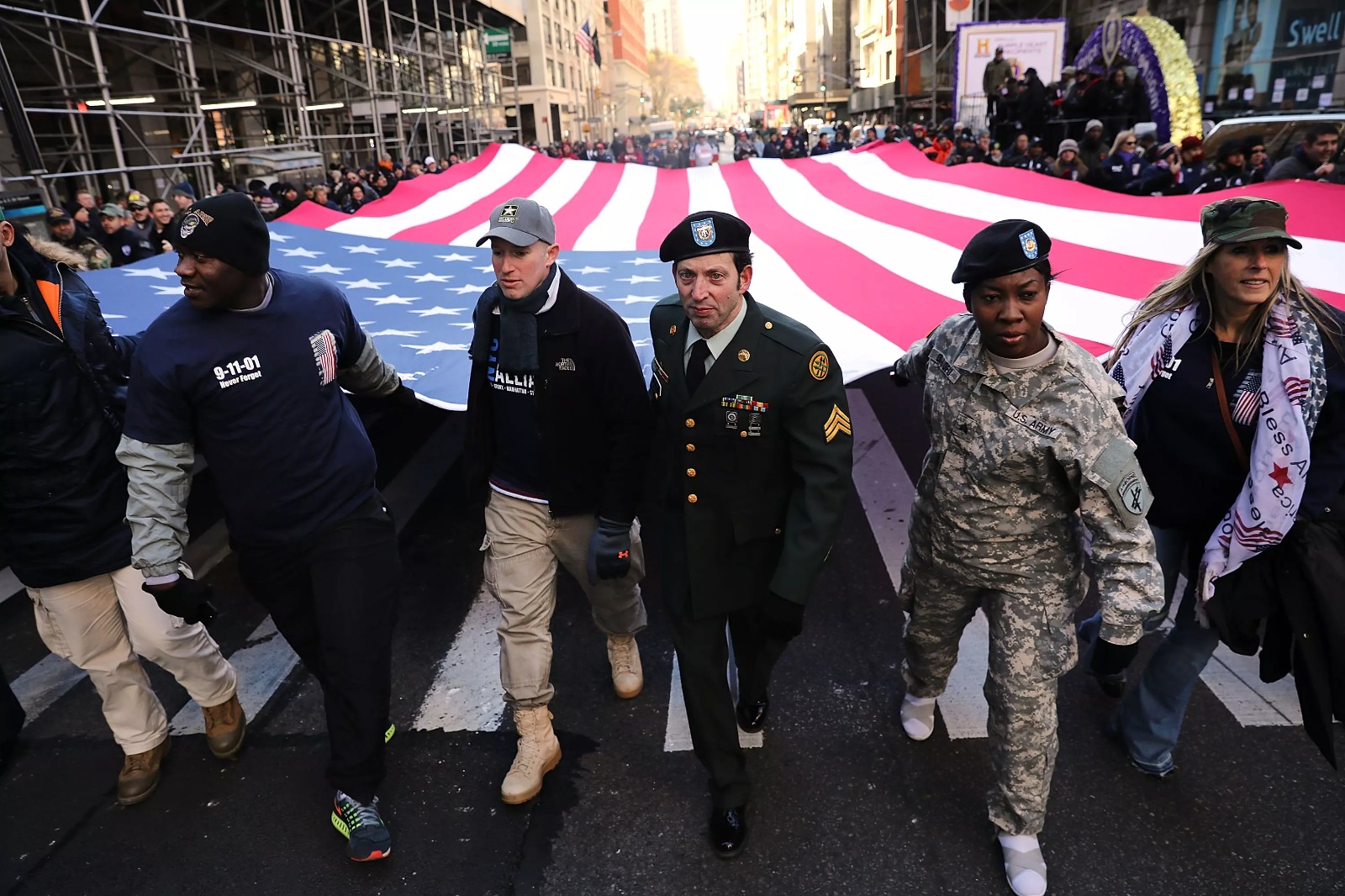
The case of Ricardo Muñoz is a dire consequence of the mental health barriers for communities of color
An officer shot and killed the 27-year-old after responding to a domestic disturbance. Muñoz’s family says it didn’t have to happen.
While the officer who shot and killed 27-year-old Ricardo Muñoz in Lancaster, PA has not been identified, his body cam footage (Warning: graphic), which was released on Sept. 13, has become a focal point of scrutiny.
The video shows the officer responding to a domestic disturbance at a rowhouse.
After a short interaction with a woman who greeted him at the front door, a shout is heard from inside the house and seconds later, Muñoz emerges with a knife in his right hand and charges down the home’s front steps.
The officer staggers back and begins running away as Muñoz charges in his direction with the knife. In the next instant, the officer fires what can be discerned in the video as five shots at Muñoz and he can be seen dropping the knife and falling to the pavement.
He was pronounced dead at the scene and the shooting has since been ruled a homicide by the Lancaster coroner.
In the days since, the small city in central PA has turned into the same powder keg seen in places like Minneapolis and Kenosha, where protesters have taken to the streets in a defiance that walks the fine line of peaceful demonstration before collapsing into destruction due to a select few.
The result in Lancaster were the police using ‘chemical munitions’ on a crowd gathered in front of its police station and 12 adults and one minor being arrested with at least seven of them receiving a $1 million bail.
But while the country and world stares in shock at yet another scene of uprising surrounding police, Muñoz’s family must now put their loved one to rest.
They say this shouldn’t be the case.
“They didn’t have to kill him,” were the words of Miguelina Peña, Muñoz’s mother, who recently shared her grief to Pennlive.
According to his family, Muñoz was diagnosed with schizophrenia and bipolar disorder. They struggled to keep him on his medication and when he felt fine, he would stop taking it.
“This is very [typical] with schizophrenia. You think you’re normal and you’re not and this happens,” Muñoz’s father, Victor Fernandez, told Lancaster Online.
On the day he was killed, the family said Muñoz was having an “episode.”
RELATED CONTENT
They called both a crisis intervention center and a non-emergency line with the Lancaster police to get him help. With police arriving, it was an effort to potentially get Muñoz involuntarily committed.
“He was sick. It’s not a crime to be sick,” said Rulennis Muñoz, Ricardo’s sister.
In a press conference on Monday, Sept. 14, Lancaster Mayor Danene Sorace and other officials not only grieved alongside Muñoz’s family over his death, but highlighted the bigger issue of the lack of mental health funding and resources at the local, state and federal levels, especially in communities of color.
Lancaster, which was still assumed to be Amish country by many on social media, is one of the most racially diverse locales in the state of Pennsylvania. Hispanics make up the biggest nonwhite population at 39% of the its total population.
“I am clear, beyond a doubt, that we lack the tools, the resources, the expertise and the capacity to do this on our own here in the city of Lancaster,” said Sorace. “I need help. We need help.”
Lancaster City Council President Ismail Wade-El also wondered how Muñoz’s situation could have been different had he received the proper care long before his fateful “episode” on Sept. 13.
Both Wade-El and Sorace also made efforts de-emphasize the uprisings that caught the attention of national media outlets and redirect its energy into making sure what happened to Muñoz never happens again.
“If we spend all of our times talking about this in terms of the events of last night and this morning,” said Wade-El, “we will have missed the colossal opportunity to take the energy we felt in the street last night and turn it to actual change.”











LEAVE A COMMENT:
Join the discussion! Leave a comment.